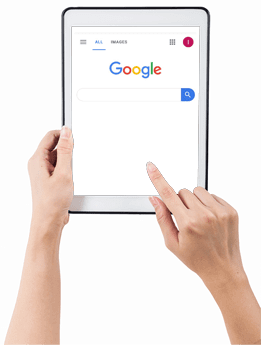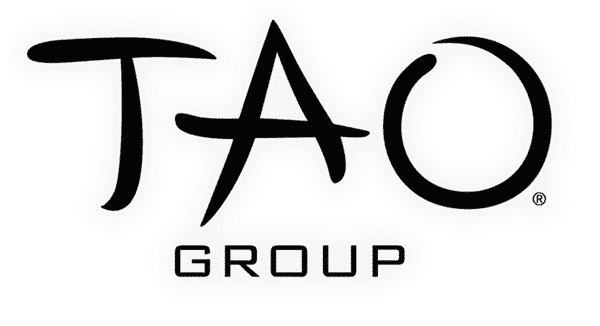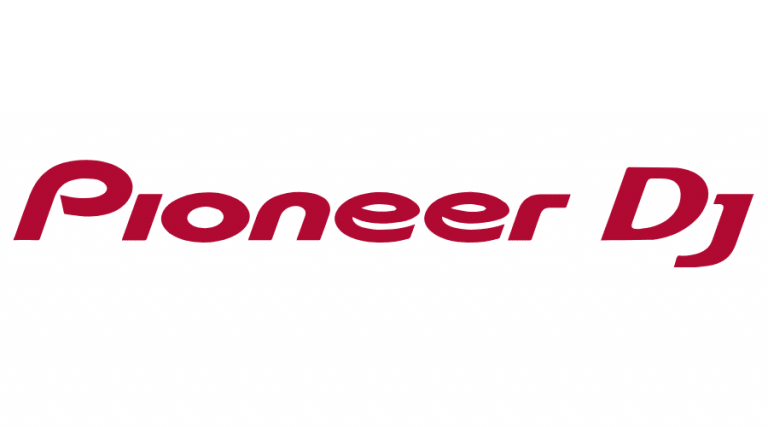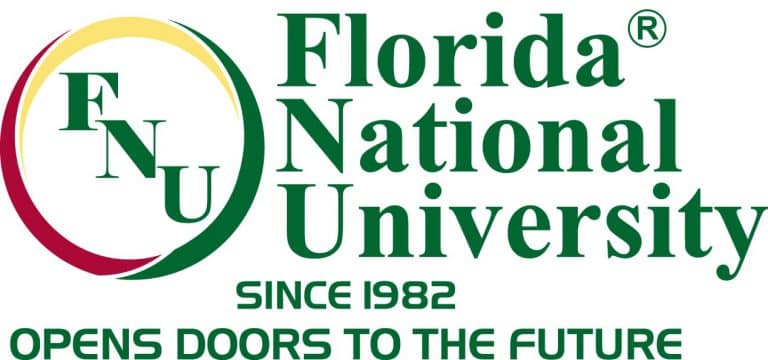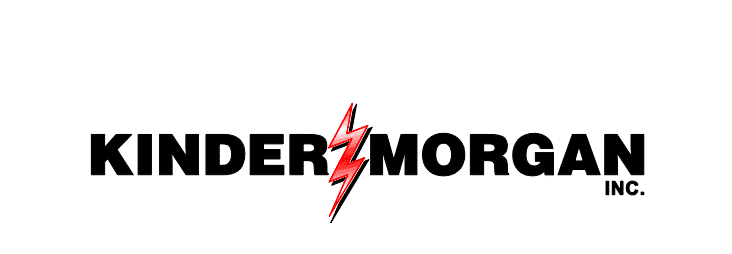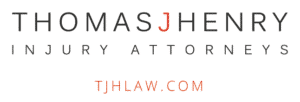Introduction

Pay-Per-Click (PPC) advertising is a cornerstone of digital marketing strategies for businesses looking to drive targeted traffic and achieve measurable results. The dynamic nature of PPC demands that marketers stay on top of trends and continually optimize their campaigns to maximize return on investment (ROI). This comprehensive guide explores the latest trends in PPC advertising and offers actionable tips to help you get the most out of your PPC campaigns.
Understanding PPC and ROI
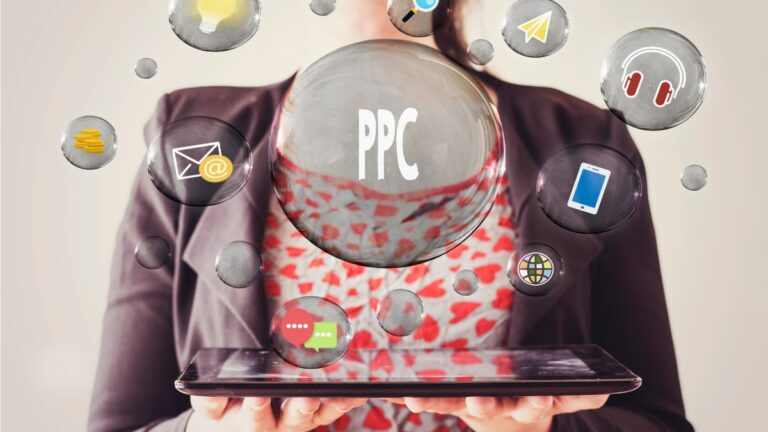
What is PPC?
PPC, or Pay-Per-Click, is an online advertising model where advertisers pay a fee each time their ad is clicked. It is a method of buying visits to your site rather than earning those visits organically. The most popular platforms for PPC are Google Ads, Bing Ads, and social media platforms like Facebook, Instagram, LinkedIn, and Twitter.
Defining ROI in PPC
ROI, or Return on Investment, measures the gain or loss generated by an investment relative to its cost. In PPC, ROI is calculated by taking the revenue generated from PPC campaigns, subtracting the cost of those campaigns, and then dividing that result by the campaign costs. A high ROI means that the campaign generates significant revenue compared to its cost.
Trends in PPC Advertising

1. Automation and AI
Trend Overview
The integration of Artificial Intelligence (AI) and machine learning in PPC platforms is transforming how campaigns are managed. Automation tools can now handle various aspects of PPC management, from bidding to ad creation and audience targeting.
Implications
- Efficiency: AI can process vast amounts of data faster than humans, optimizing bids in real-time.
- Performance: Automated tools can predict which ads will perform best, improving ad relevancy and click-through rates (CTR).
- Cost: Automation can reduce the need for manual management, lowering operational costs.
2. Audience Targeting
Trend Overview
Advanced audience targeting allows advertisers to reach more specific groups of people based on demographics, interests, behavior, and past interactions with their website or app.
Implications
- Relevance: More precise targeting ensures that ads are shown to users who are more likely to convert.
- Personalization: Tailoring ads to specific audiences can improve engagement and conversion rates.
- Efficiency: Higher relevancy can lead to better ad performance and reduced wasteful spending.
3. Video Ads
Trend Overview
Video content continues to grow in popularity, making video ads an increasingly important part of PPC strategies. Platforms like YouTube, Facebook, and Instagram are key players in video advertising.
Implications
- Engagement: Video ads are more engaging than static ads, capturing user attention more effectively.
- Conversion: High-quality video content can significantly boost conversion rates.
- Brand Awareness: Videos are great for storytelling, helping to build brand awareness and loyalty.
4. Voice Search
Trend Overview
With the rise of voice-activated devices like Amazon Alexa and Google Home, voice search is becoming a significant factor in PPC advertising.
Implications
- Keyword Strategy: Voice searches are typically longer and more conversational than text searches, affecting keyword strategies.
- Ad Copy: Ad copy needs to be adjusted to match the natural language used in voice searches.
- Targeting: Voice search optimization can improve local search performance, driving more relevant traffic.
5. Cross-Platform Campaigns
Trend Overview
Consumers use multiple devices and platforms, making cross-platform campaigns essential for a cohesive advertising strategy.
Implications
- Consistency: Maintaining consistent messaging across platforms improves brand recognition and trust.
- Reach: Cross-platform campaigns can reach a broader audience.
- Tracking: Integrated analytics can provide a more comprehensive view of user behavior and campaign performance.
Tips for Maximizing ROI in PPC Campaigns

1. Conduct Thorough Keyword Research
Why It Matters
Effective keyword research is the foundation of any successful PPC campaign. Identifying the right keywords can drive high-quality traffic and improve conversion rates.
How to Implement
- Use Tools: Utilize keyword research tools like Google Keyword Planner, SEMrush, or Ahrefs to find relevant keywords.
- Analyze Competitors: Look at what keywords your competitors are targeting and identify opportunities.
- Long-Tail Keywords: Focus on long-tail keywords that are less competitive but highly relevant to your audience.
2. Optimize Ad Copy
Why It Matters
Compelling ad copy can significantly increase your CTR and conversion rates.
How to Implement
- Highlight Benefits: Clearly articulate the benefits of your product or service.
- Use Strong CTAs: Include strong calls-to-action (CTAs) that encourage users to click on your ad.
- A/B Testing: Regularly test different versions of your ad copy to see what resonates best with your audience.
3. Utilize Negative Keywords
Why It Matters
Negative keywords prevent your ads from being shown for irrelevant searches, saving you money and improving ROI.
How to Implement
- Identify Irrelevant Terms: Continuously review your search terms report to identify and exclude irrelevant keywords.
- Refine Over Time: As your campaign runs, refine your negative keyword list to further optimize performance.
4. Leverage Ad Extensions
Why It Matters
Ad extensions provide additional information and can increase your ad’s visibility and CTR.
How to Implement
- Types of Extensions: Use various ad extensions such as sitelink, callout, structured snippet, and location extensions.
- Relevance: Ensure that the extensions are relevant and add value to your ad.
5. Optimize Landing Pages
Why It Matters
A well-optimized landing page can significantly boost conversion rates and ROI.
How to Implement
- Match Ad Copy: Ensure your landing page content matches the ad copy and delivers on the promise made in the ad.
- User Experience: Optimize for a smooth user experience with fast load times, mobile responsiveness, and easy navigation.
- Clear CTA: Include a clear and compelling CTA on your landing page.
6. Monitor and Adjust Bids
Why It Matters
Regularly adjusting your bids ensures you are not overspending and that your ads are getting optimal placement.
How to Implement
- Bid Adjustments: Use bid adjustments for different times of day, locations, and devices based on performance data.
- Automated Bidding: Consider using automated bidding strategies to optimize bids in real-time.
7. Analyze and Optimize Performance
Why It Matters
Continuous analysis and optimization are crucial for maintaining and improving campaign performance.
How to Implement
- Regular Reviews: Regularly review your campaign performance using analytics tools.
- KPIs: Focus on key performance indicators (KPIs) such as CTR, conversion rate, cost-per-click (CPC), and ROI.
- Adjust Strategies: Based on your analysis, make informed adjustments to your strategy to improve performance.
8. Implement Retargeting Campaigns
Why It Matters
Retargeting helps you re-engage users who have previously interacted with your website but did not convert.
How to Implement
- Segment Audiences: Segment your audience based on their behavior and interactions with your site.
- Personalized Ads: Create personalized retargeting ads that address the specific interests or needs of these users.
- Frequency Cap: Implement a frequency cap to avoid overexposing your ads to the same users.
9. Use Analytics Tools
Why It Matters
Analytics tools provide valuable insights into the performance of your PPC campaigns and help you make data-driven decisions.
How to Implement
- Google Analytics: Integrate Google Analytics with your PPC platforms to track conversions and user behavior.
- Heatmaps: Use heatmap tools to see how users interact with your landing pages and identify areas for improvement.
- Custom Dashboards: Create custom dashboards to monitor your most important metrics at a glance.
10. Stay Updated with Industry Trends
Why It Matters
The digital marketing landscape is constantly evolving, and staying updated with the latest trends ensures you remain competitive.
How to Implement
- Industry Blogs: Follow industry blogs and publications to stay informed about new trends and best practices.
- Webinars and Conferences: Attend webinars, conferences, and workshops to learn from experts and network with peers.
- Continuous Learning: Invest in continuous learning and professional development for your PPC team.
Conclusion
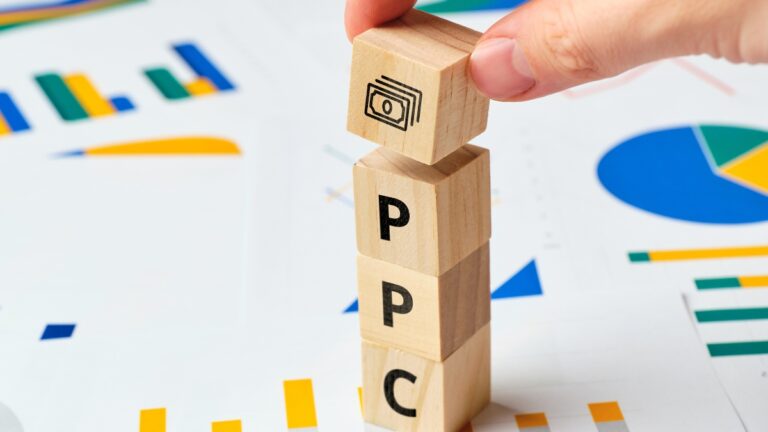
Maximizing ROI with PPC campaigns requires a combination of strategic planning, continuous optimization, and staying abreast of industry trends. By leveraging automation, focusing on advanced audience targeting, utilizing video ads, optimizing for voice search, and running cross-platform campaigns, you can enhance the effectiveness of your PPC efforts. Implementing the tips outlined in this guide, such as thorough keyword research, optimizing ad copy, using negative keywords, and analyzing performance, will help you achieve better results and drive higher returns on your PPC investments.
By staying proactive and adaptive, you can navigate the dynamic world of PPC advertising and ensure that your campaigns consistently deliver exceptional ROI.


